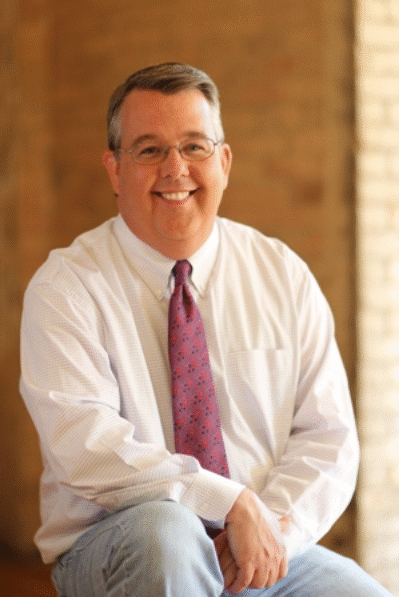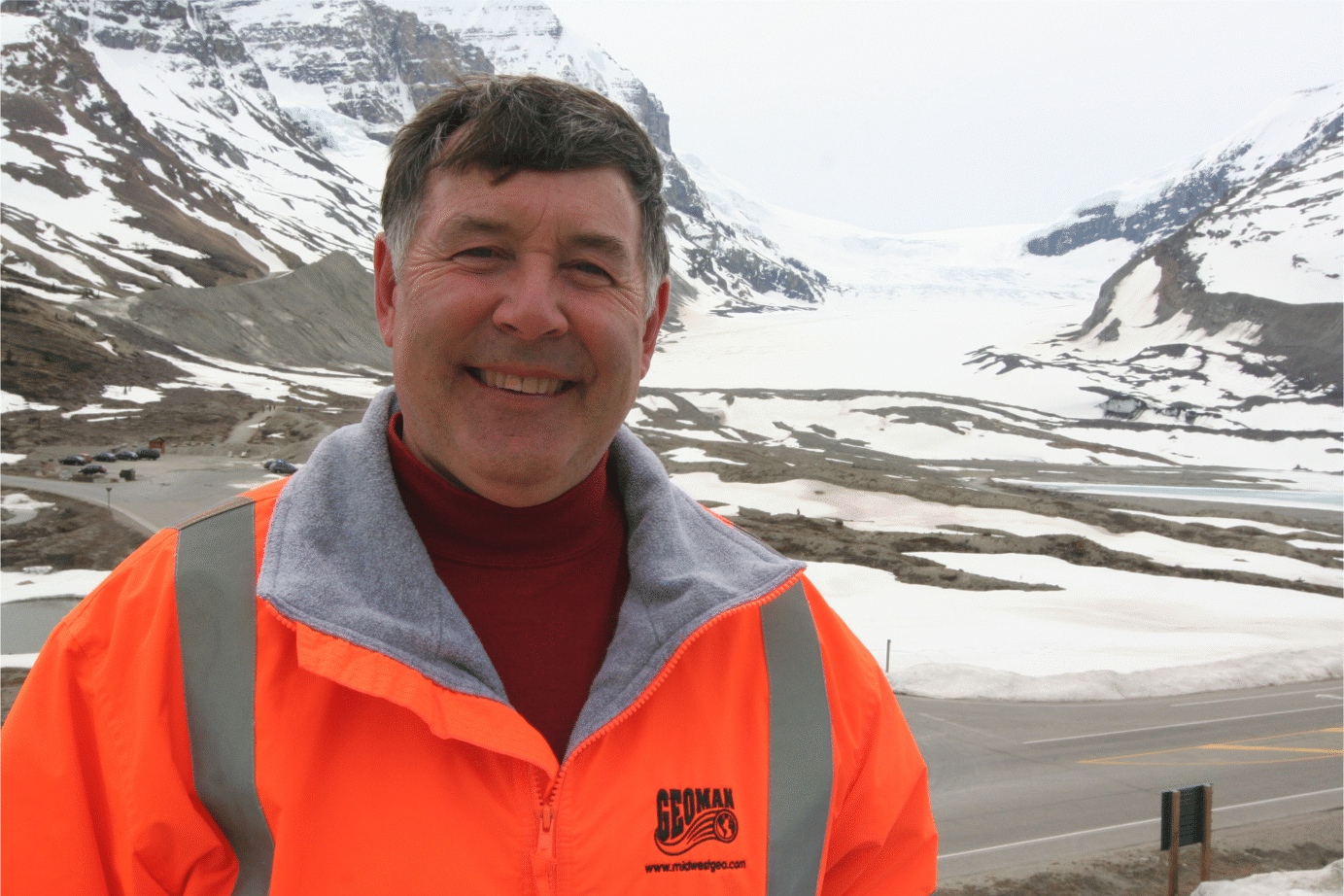BORING LOGS BASICS:
Fundamentals of Preparing Soil Boring Logs
Most boring logs can be improved with only a few simple changes. A change in perspective about the sedimentary sequence can radically simplify the process while helping create more reliable documents.
"Great webinar. I appreciate your willingness to put the information out there. As someone with some drilling experience I've been waiting for a standardized - straightforward approach to apply the knowledge to the field work in a simplified way. (Thank You)"
- Patrick Trout, Washington State Department of Ecology
"The webinar instructors are knowledgeable and teach real-world examples to put things in perspective. Great to hear passionate geoscientists teaching what they know best. Overall, great (online) courses!"
- Andrew Canali, Jacobs Engineering, Inc.
"It was an excellent webinar! Tim does a very good job of explaining the necessary components of a soil boring log and how to quickly describe each of them. This is very useful to me. I have been wanting to improve my logs and I believe the knowledge I've gained from these webinars will certainly help me achieve my goal."
- Aaron Hottenstein, MS, PG Senior Consultant 2
Describing every detail of every sample is not the answer. When the field professional understands (1) geologic context and (2) scale of deposition, it is usually easier to:
TAKE THE MYSTERY OUT OF THE SUBSUFACE ®
Let's face it, we all have styles and habits when preparing boring logs. Some of our habits are good ones, but most professionals realize that a little education, training and practice can go a long way to help to ourselves Read the Story the Sediments are Telling™ and prepare soil boring logs that are accurate and complete...and credible.

Consequences of Poor Boring Logs
- They fail their objective: defining and documenting the nature and distribution of subsurface units.
- Forces decisions on:
- Defining and characterizing geologic units
- Identifying ground water monitoring units
- Recognizing contaminant pathways
- Understanding the distribution of physical properties, including hydraulic conductivities
- Call into question the ability of the field staff, and project manager.
- Reflects poorly on the project.
- Jeopardizes company reputation.
Benefits of Good Boring Logs
- Achieves their primary objective of Taking the Mystery Out of the Subsurface ®
- It's money wisely spent.
- Enables others to reliably understand the subsurface.
- Create efficiencies and allows for certainty in other project tasks.
- Provides value beyond the immediate project.
- Showcases work for business development purposes.
- Allows personal pride and achievement.
Participants will learn the effectiveness of meaningful boring logs. We will review the basics of soil boring logs and teach a perspective that allows field staff to "read the story that the sediments are telling." We will review common problems that we face as an industry and present insights that allow for easier and more reliable soil descriptions.
Plus, this unique online experience invites site coordinators to share their own experiences in order to help all of us think better on our feet in the field.

PARTICIPANTS WILL BENEFIT BY:
- Gaining a perspective that allows simpler logging procedures.
- Developing a basis to define and depict units on cross sections.
- Reviewing Unified Soil Classification System basics for field classification.
- Reviewing examples of other important descriptive elements, such as
- Soil color
- Sedimentary Structure
- Secondary Soil Structure
- Secondary Alterations
- Weathering Zones
- Plasticity and cohesiveness
- Density and consistency
- Stratigraphic Contacts, and context.
- Discovering strategies for overcoming common problems.
- Learning about the power of the field form format.
Instructors Bio
Dan Kelleher, PG, CIPM
 Dan Kelleher, PG, CIPM is a consulting hydrogeologist and project manager focuses on the technical areas of quantitative hydrogeology (in porous and fractured media), geotechnical analysis of sedimentary sequences, aquifer testing, fractured rock hydrogeology, and predictive ground water modeling. Dan's business acumen promotes personal trust, integrity, and relentless QA/QC.
Dan Kelleher, PG, CIPM is a consulting hydrogeologist and project manager focuses on the technical areas of quantitative hydrogeology (in porous and fractured media), geotechnical analysis of sedimentary sequences, aquifer testing, fractured rock hydrogeology, and predictive ground water modeling. Dan's business acumen promotes personal trust, integrity, and relentless QA/QC.
Dan started his career at Waste Management Corporate Headquarters in Oak Brook, Illinois. His worked allowed him to test geologic concepts about sedimentary processes during large-scale excavation and fill design, environmental and geotechnical investigations, ground water monitoring system design.
Dan also leads specialized technical teams establishing best practices and teaching educational courses and webinars for geologists, engineers and environmental scientists. He and Tim Kemmis are the co-founders of Midwest GeoSciences Group which helps professionals to do better job of TAKING THE MYSTERY OUT OF THE SUBSURFACE. He and Tim believe in that tagline so strongly that they own it as a federally-registered trademark.
Midwest GeoSciences Group allows Dan to help people not only be better scientists and engineers, but become better people. It is a privilege to collaborate with people on a spectrum of topics ranging from field tool development to cutting-edge engineering advances to environmental regulation input. Dan is motivated by serving others in order to fulfill our human purpose and achieve responsible global stewardship.
Tim Kemmis, PhD, PG
 Tim Kemmis, PhD, PG is a Senior Hydrogeology Consultant and Project Manager for large-scale hydrogeologic investigations. His unique experience as both an applied researcher and consultant has enabled Tim to effectively teach staff at all levels how unravel sedimentary complexities by making fundamentally sound observations, preparing complete and accurate boring logs and confidently correlating geologic units.
Tim Kemmis, PhD, PG is a Senior Hydrogeology Consultant and Project Manager for large-scale hydrogeologic investigations. His unique experience as both an applied researcher and consultant has enabled Tim to effectively teach staff at all levels how unravel sedimentary complexities by making fundamentally sound observations, preparing complete and accurate boring logs and confidently correlating geologic units.
Tim received his bachelor's degree in agricultural soil science from the University of Illinois and his master's degree in glacial geology while working as a graduate assistant at the Illinois State Geological Survey.
He worked 14 years for the Iowa Geological Survey, during which he received his Ph.D., and where he:
- Carried out glacial sedimentologic investigations
- Remapped the Des Moines Glacial lobe
- Established the formal glacial stratigraphy for the lobe based on depositional environments
- Discovered a new type of hummocky glacial topography
- Determined the geometry and origin of jointing in glacial tills
- Developed a lithofacies code to decipher the history of glacial outwash and alluvial sequences
Tim is a co-founder of Midwest GeoSciences Group and has successfully taught many courses and webinars dedicated to improving boring logs and helping geologists think on their feet.